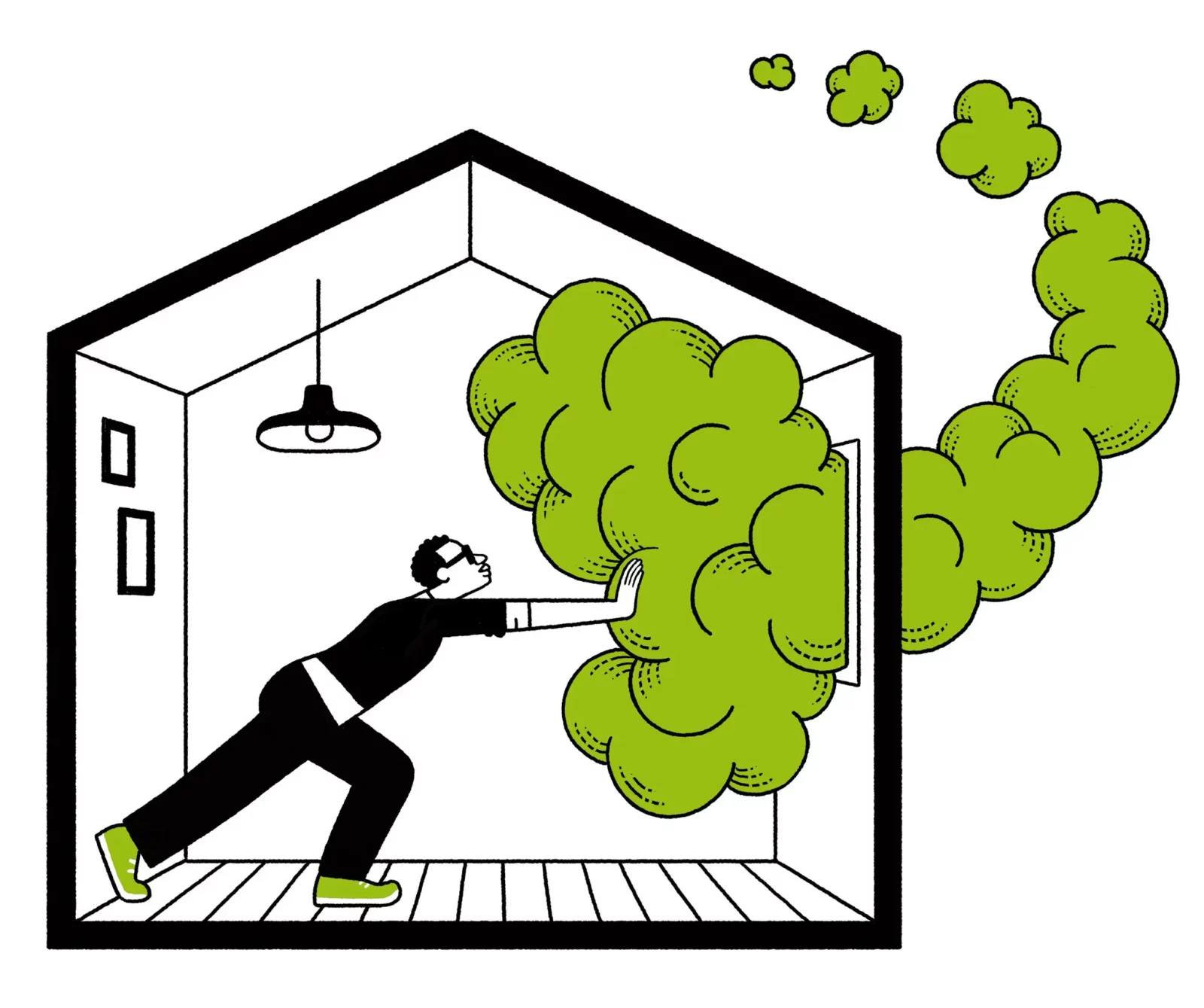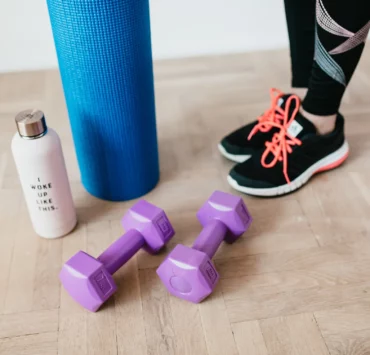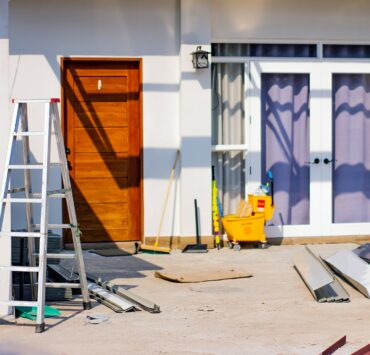As the requirement to wear masks has been lifted, businesses are now emphasizing improving ventilation to reduce the spread of COVID-19. However, it’s not just businesses that should be concerned about indoor air quality. The Public Health Insider states that the average person spends 90% of their time indoors. This makes us vulnerable to indoor air pollutants, including COVID-19.
Indoor air can become more polluted than outdoor air due to the materials used in building homes and items kept inside, such as electronics, toys, furniture, and air fresheners. Indoor air can also become polluted from everyday indoor activities, like cooking and cleaning with chemicals. Dust is also a significant contributor to poor indoor air quality, as chemicals can stick to small dust particles that we then breathe in, making them more dangerous to our health.
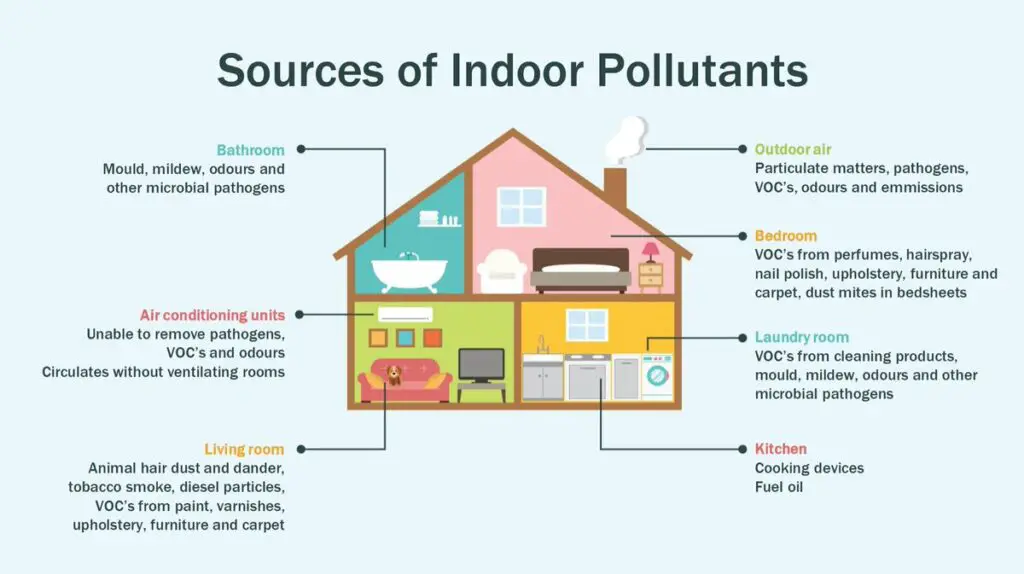 How poor indoor air quality affects your health?
How poor indoor air quality affects your health?
Poor indoor air quality can irritate the eyes, nose, and throat, causing headaches, dizziness, and fatigue in the short term. In the long term, it has been linked to respiratory diseases, decreased cognitive function, and increased risk of chronic illnesses. Young children, pregnant women, older adults aged 65 and above, and people with respiratory, heart, kidney, or chronic diseases are most at risk.
Poor indoor air quality has also been linked to negatively impacting mental health. Studies have found that exposure to pollutants like mold and VOCs (volatile organic compounds) can lead to symptoms like headaches, dizziness, and fatigue, impacting mood and productivity. By improving indoor air quality, you can create a healthier, more comfortable environment that supports both physical and mental well-being.
To improve indoor air quality, you can take three steps: prevention, ventilation, and filtration.
Prevention involves taking steps to prevent particles from being in the air in the first place.
Ventilation involves increasing air flow to dilute the number of harmful particles in the air.
Filtration involves filtering the air to remove particles.
Minimize Pollutants
To prevent poor air quality, it’s essential to avoid introducing pollutants into your home by taking off your shoes inside, dusting and mopping frequently, avoiding burning scented candles or using air fresheners, avoiding smoking indoors, and turning on an exhaust fan or opening a window when cooking. Improving ventilation can be done by opening windows, using fans to circulate air, and using mechanical ventilation, like exhaust fans. Filtering indoor air can be done with portable air cleaners with HEPA filters.
Control Humidity
A critical factor in indoor air quality is humidity. High humidity levels can create the perfect environment for mold and mildew to grow, which can worsen asthma symptoms and cause other health problems. Low humidity, on the other hand, can lead to dry skin and respiratory irritation. You can monitor and control humidity levels in your home using a hygrometer and a humidifier or dehumidifier.
Opt for safer cleaning products
Another way to improve indoor air quality is to use natural cleaning products instead of harsh chemicals. Many commercial cleaning products contain volatile organic compounds (VOCs) that can irritate your eyes, nose, and throat and contribute to poor indoor air quality. Natural cleaning products with ingredients like vinegar, baking soda, and essential oils can be just as effective and much safer for your health and the environment.
Keep the air flowing
Finally, one often-overlooked aspect of indoor air quality is the importance of proper air circulation. Stagnant air can lead to a buildup of contaminants and allergens, so keeping air moving throughout your home is important. In addition to opening windows and using exhaust fans, you can also use ceiling fans or other types of fans to keep air circulating.
Maintain Your HVAC System
To ensure good indoor air quality, it’s important to maintain your HVAC system regularly. Over time, dust, dirt, and other debris can accumulate in your air ducts and filters, which can impact your indoor air quality. By having your heating, ventilation, and air conditioning systems inspected and cleaned on a regular basis, you can ensure that your air filters are working efficiently and that your indoor air is clean and healthy.
Incorporate Indoor Plants
Indoor plants don’t add beauty to your home, they can also help improve indoor air quality. Plants absorb carbon dioxide and release oxygen, and some plants, like spider plants and peace lilies, can also filter out harmful toxins like formaldehyde and benzene. Adding a few indoor plants to your home can be a simple and effective way to boost indoor air quality.
By taking steps to prevent, ventilate, and filter indoor air, you can improve the quality of the air you breathe and reduce your risk of health problems associated with poor air quality. Whether you’re concerned about COVID-19, allergies, or other health issues, these tips can help you create a healthy and comfortable indoor environment for yourself and your family.
Related posts:
 10 Essential Tips for Downsizing in Retirement: A Guide to Simplify Your Life
10 Essential Tips for Downsizing in Retirement: A Guide to Simplify Your Life
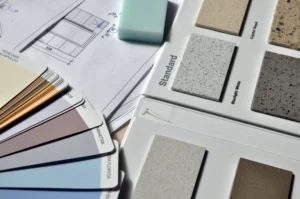 The Power Of Home Renovation On Your Mental Health
The Power Of Home Renovation On Your Mental Health
 Roof Collapse at Florida School Blamed on Construction Material, Officials Report
Roof Collapse at Florida School Blamed on Construction Material, Officials Report
 Europe’s Housing Market Squeezed Amidst Cost-of-Living Crisis
Europe’s Housing Market Squeezed Amidst Cost-of-Living Crisis
 Increase in US Home Construction in 2023 Signals Robust Market Recovery
Increase in US Home Construction in 2023 Signals Robust Market Recovery
